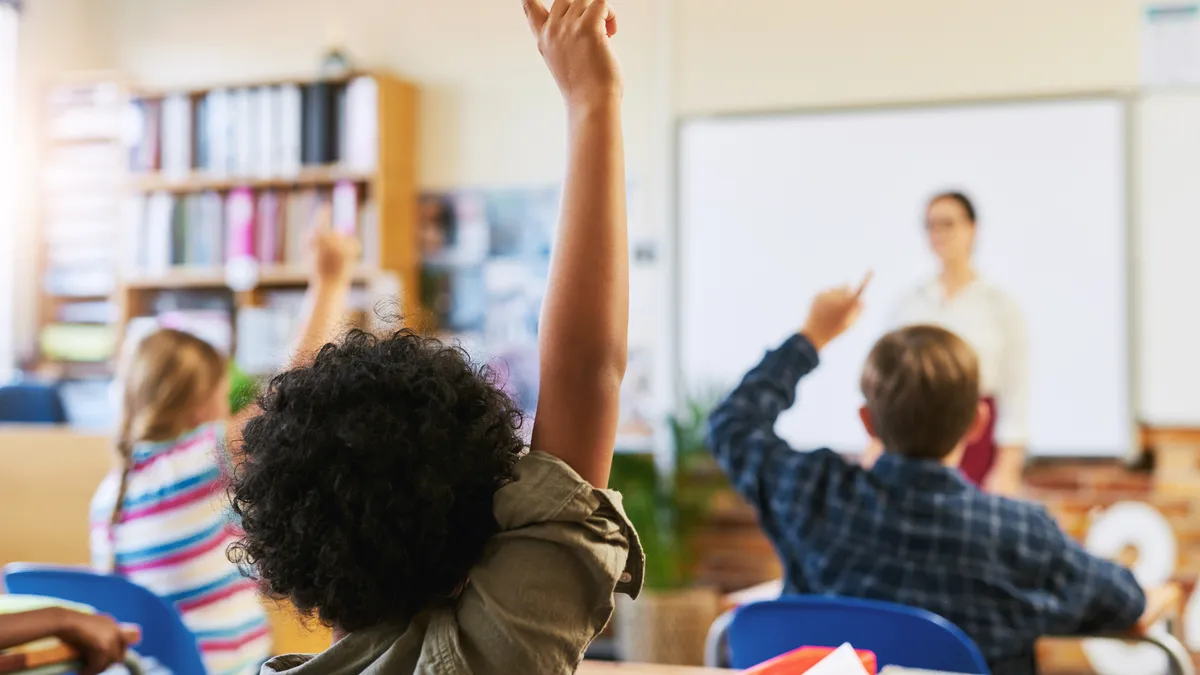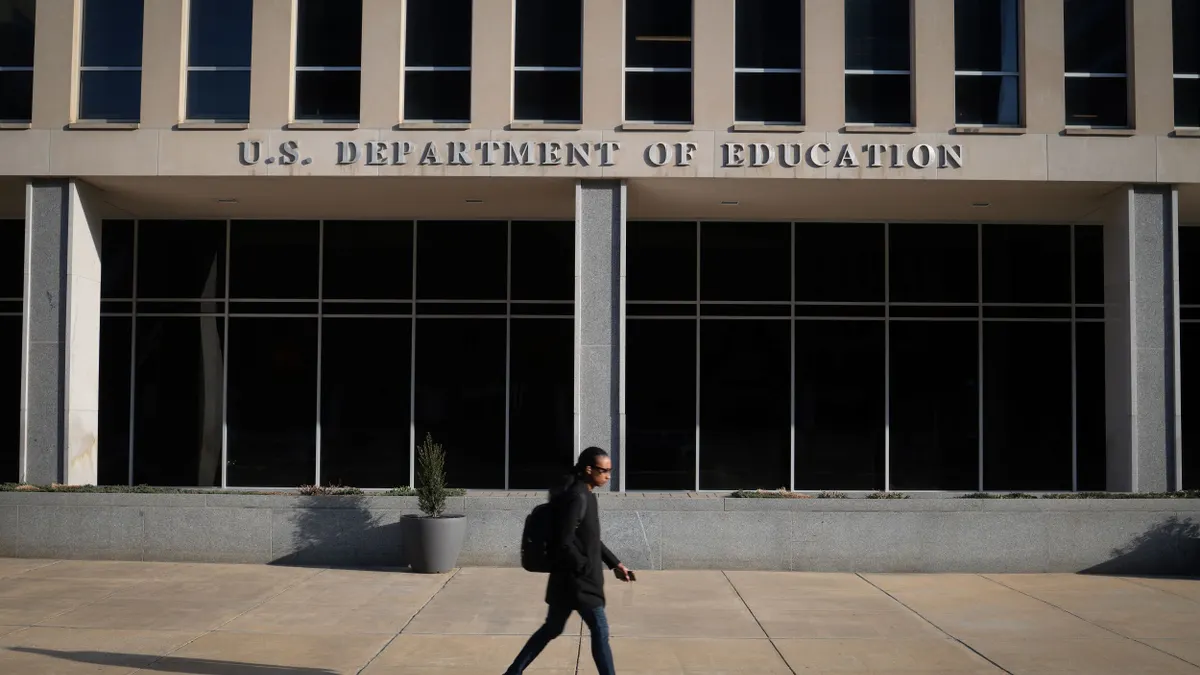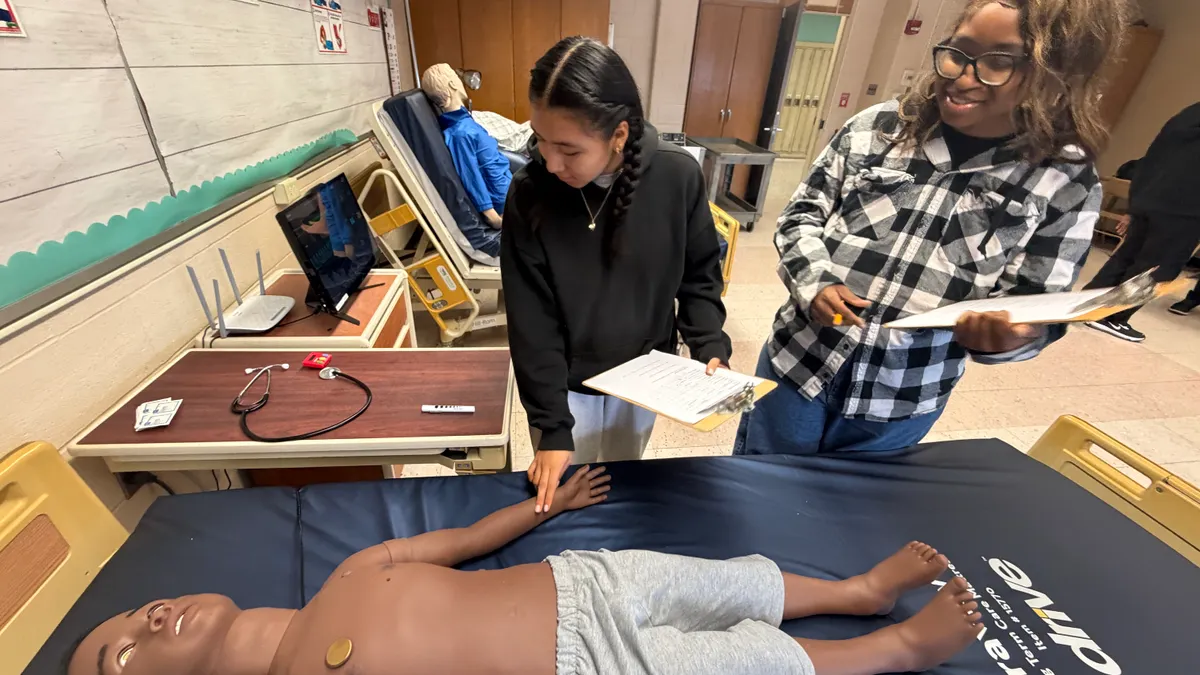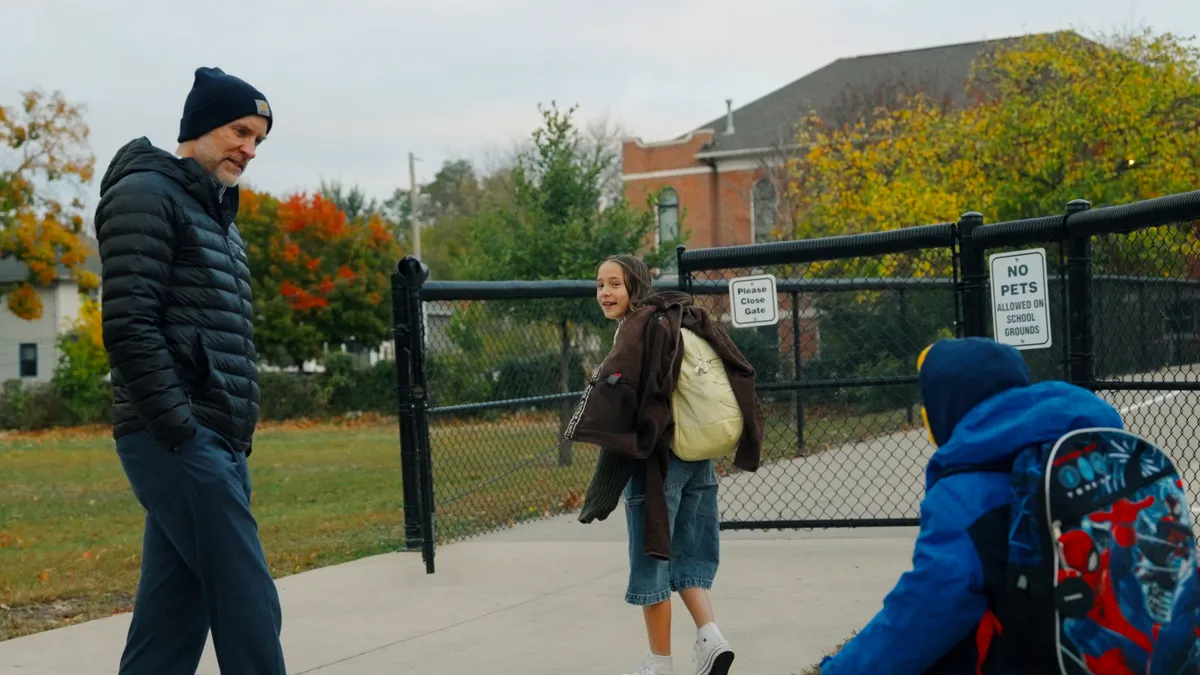Though the emergency declaration around the COVID-19 pandemic has officially ended, Lori Desautels continues to see its effect in classrooms in Indianapolis.
When she works with students two days a week, the assistant professor at Butler University’s College of Education notices heads down on desks, eyes covered or some students not attending classes at all.
Though schools are back to full-time, in-person learning, the chronic unpredictability students lived with over the past few years has, to Desautels, upended their nervous systems, tested their resiliency, and left them locked in surveillance mode.
"When you are living under conditions that are very oppressive, they're very isolating, filled with chaos. And your perceptual map of how to navigate relationships and your external environment and recognize this sensation in your body can be neglected,” said Desautels. “It's tested our wobbliness, and it’s going to take some time.”
Rebuilding resilience can start in the classroom, and it’s a practice that educators and students can adopt together — an approach Desautels said is the best path to follow.
“We are joining up with them, which builds stronger connections and adds to the resiliency piece, as well,” she said.
Here are three ways educators can help instill resilience in the classroom.
Productive struggle
Angelina Zara, a social and emotional learning specialist at Capital City Public Charter School in Washington, D.C., looks at ways that “small stressors” in the school day can help students grow and learn. She believes allowing students to experience a mistake, whether academically or within a peer relationship, can help them develop more resilience.
“Are we wanting to safeguard and protect students, [or] are we wanting to respond in a nurturing way but then also promote that growth in which you have to experience a little bit of discomfort?” Zara said. “That's kind of where the learning happens.”
Some experts have referred to this practice as “mistakability” and define it as “the ability to make mistakes and learn from these,” according to a 2017 paper, “Student Resilience: Exploring the Positive Case for Resilience,” published by Unite Students, a U.K.-based student accommodation and housing provider. The authors highlight that teachers who help students feel that making mistakes is a normal part of the learning process can help them develop resilience.
To build this ability, educators can use resources such as downloadable lesson plans and worksheets from the American Psychological Association to help students reflect on issues or mistakes. Additionally, the resources include video lessons that teach pupils how to relax or how stress can affect their bodies.
Desautels also uses an approach that encourages students to identify the sensations they feel during the day. This practice can dampen their stress responses, bring them back to the present, and leave them in a less reactive and more thoughtful state.
“It's a practice to build resiliency,” Desautels said.
Resetting the brain with laughter
Katie Powell likes to help her students reset through laughter. The director for middle level programs at the Association for Middle Level Education finds that the chaos of middle school hallways is so overstimulating that she often needs to create a transition to help students reset before they can tackle classwork such as solving math equations.
She has also noticed that laughter can help her students, even when tasked with learning new materials. To Powell, humor is an effective brain stimulant.
“When we feel happy, we remember things,” she said.
Studies have provided evidence that laughter can help to strengthen resilience when facing illness and can also help to reduce feelings of loneliness.
To put her approach into practice, Powell builds time into the day for a bit of humor. She breaks up class time by “chunking,” she said, offering ways to relieve tension that can build up throughout a session so students learn how to ride through a short period of discomfort.
In that way, she looks for ways to offer up lessons and then create a break, perhaps with a funny video that can serve up “a wash of comedy before doing something stress-inducing,” she says.
Other tactics she uses include having students create mock arguments around innocuous concerns. They engage with each other, and there's often a funny and relaxing outcome — no matter who wins.
“They pick between Taco Bell or McDonald’s, or Powerade or Gatorade, and weigh in,” she said. “They argue their case, and students are laughing and smiling in no time flat.”
Teachers model wellness
To effectively build resiliency, Desautels believes educators need to model the process alongside their students.
“It's doing our own work as adults that begins to have a beautiful kind of trickle-down effect onto the children," she said. "Sometimes it's a waterfall, where they feel safe and connected enough to us."
That feeling of safety and having an emotional connection to teachers is important. There is evidence that students' resilience to academic issues can be linked to feeling emotionally supported by their teacher.
Likewise, Zara said educators need to model resilience-building exercises to help students adopt them, but they need to be more than just part of the classroom culture — they should be part of the whole school culture.
As part of her work, she is looking to embed wellness systems and structures into the day at Capital City Public Charter School and help with coaching teachers to develop positive community connections through the school. She works on this by focusing on the well-being of teachers and students.
If educators feel stressed, Zara said, that sensation can transfer to students. That means if every day at 2 p.m., a teacher is “experiencing a state of dysregulation,” and students note that their teacher can calm down and de-stress by doing a deep breathing technique, they’re more likely to try that themselves when they feel stressed, she said.
“When it comes to a growth mindset and resiliency building — and just, in general, social and emotional learning — [they] need to be embedded from the moment students walk in until the moment that they leave the school building, and infused into the culture,” Zara said.
"We're modeling what it's like to make a mistake and grow from that mistake, because that's what the whole learning experience is about.”






 Dive Awards
Dive Awards














